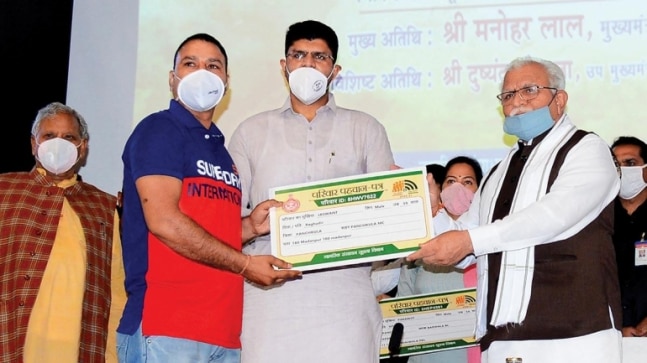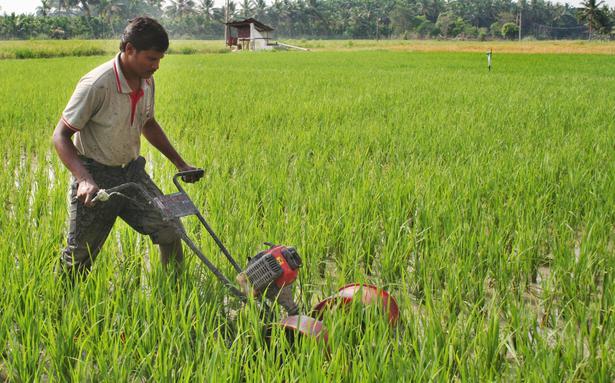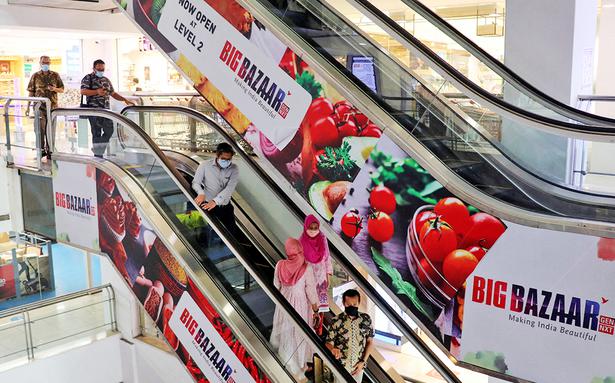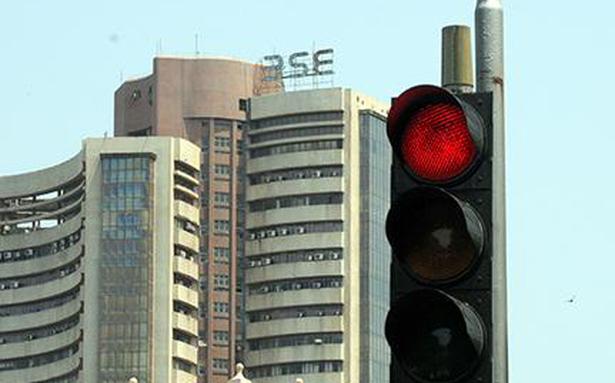Sonepat resident Navin Kumar, who signed up for the Haryana government’s Parivar Pehchan Patra (PPP) in January, was shocked to find that government records listed him as deceased. As it turned out, the death certificate was in Kumar’s name instead of his father Tek Ram, who died in 2018. Faced with such frequent errors in government data, including misspelled names and incorrect addresses, Haryana Chief Minister Manohar Lal Khattar is confident his unique PPP Family ID scheme will turn the tide.
The goal of the PPP is to create verified records of all families in the country to ensure citizens are not denied welfare benefits due to identification issues. On November 1, Haryana became the first state in the country to introduce unique family ID with 456 linked services such as birth, death and property registration. student grants; and various welfare programs. Total state spending for 2021-22 is set at Rs 1.55 lakh crore and Khattar hopes social sector spending will reach more target recipients through PPP.
SMART DELIVERY
The center of data collection for the program is the headquarters of the Citizen Resource Information Department (CRID) in Chandigarh, a node agency reporting directly to Khattar. Young professionals can be seen verifying the data collected through manual surveys and preparing it for use by various departments. All verified data of the residents are available to the authorities through the PPP number. This eliminates the need to provide supporting documents while using a government service. For example, Haryana resident Shruti Malik and her husband were not required to provide their Aadhaar details when registering the birth of their child. Shruti’s PPP number provided not only the information but also the details of the breastfeeding mother schemes to which she was entitled, along with her address and the bank account where the benefits could be credited by the government.
Related interview: “The task is to bring synergies into data” – Haryana CM Manohar Lal Khattar
The PPP number consists of two components – a seven-digit family ID and an eighth digit for individual family members. The PPP smart cards issued to citizens contain data on the property they own in the state, income (determined by surveys or the Central Board of Direct Taxes), pensions received and scholarships, health care and other benefits available to them. “The deserving beneficiaries are often speechless. The idea is to bring administration to your doorstep,” says Khattar.
However, the project has also raised fears that the government could become privy to people’s “sensitive” information. A petition filed in Punjab and Haryana High Court in October called for the program to be suspended, arguing that families’ financial details were at risk of abuse. Khattar claims that the information contained in the family card is already in the public domain. Amid the privacy debate surrounding Aadhaar, the Haryana government says it has not hired a private agency to collect and process the data. “We don’t ask for dates. It is meant to be shared voluntarily by people using state government services,” says a senior Haryana official.
Kanishk Maheshwari, co-founder and chief executive of Delhi-based management consultancy Primus Partners, believes a family-based database will help the government better understand the socio-economic situation and improve program delivery.
Khattar underscores the importance of family identification in governance: “Aadhaar is person-centred and has served the purpose of curbing duplicity and monetary loss and bringing direct benefits to citizens. But our society is family-oriented. We make policies based on family structure. It (Aadhaar) had not identified any dynamic data representing the needs of the families.”
THE BLUEPRINT
The Union Department of Electronics and IT, led by Ashwini Vaishnaw, is also working to create a universal family registry (UFR) with the goal of having a unique family ID for better implementation of programs by both the center and states. Work on creating unique family IDs started in 2017 in Haryana, as well as in Tamil Nadu and Karnataka. Now Chhattisagarh, Rajasthan and Madhya Pradesh are also considering it.
The results of the Socio-Economic and Caste Census (SECC), commissioned by the former UPA government in 2011 and released in 2015, form the basis for the distribution of various welfare benefits by the center and states. “Over 100,000 individuals have either found government employment or become income tax payers but continue to receive benefits based on the SECC. The new (family ID) system will sort them out and extend the benefits to the most deserving people,” says Khattar.
Of the estimated 6.9 million families in Haryana, 6.4 million have received a PPP number. “The PPP uses Aadhaar-based authentication to establish the unique identity of
individuals. An e-KYC is performed at the time of updating data for specific fields. Using Aadhaar for authentication is central to establishing the reliability of data in PPP,” says the Haryana official.
First, the CRID collects data from the Atal Suvidha Kendras across the state. Then it is reviewed by around 20,000 hyper-local committees made up of five members. Each team verifies data from 300 families. The next
Income estimates from at least three members are accepted. Households with a combined annual income of up to Rs 1.8 lakh are considered to be below the poverty line (PPL) in Haryana compared to the national standard of Rs 1.2 lakh. “With this ID, BPL beneficiaries can receive benefits directly into their bank accounts without having to fill out a form,” says Khattar.
NEXT LEVEL
In April, during the second Covid wave, the family ID system was used to implement the state government’s plan to pay the medical bills of affected BPL families who had sought private treatment in order to complete the 1,000 rupees per day per patient for private hospitals to extend treatment to Haryana residents and pay a lump sum of Rs 5,000 to BPL families treated at home. “The benefits were paid out 100 percent and with almost no loss of money. Now we are scaling up and linking all state welfare systems to this card,” says the state official.
The Khattar government has linked the Mukhya Mantri Parivar Samridhi Yojana to the PPP, with families entitled to benefits worth Rs 6,000 a year in the form of bonuses to various state schemes. The government has selected 100,000 of the state’s poorest families to help them under the Mukhya Mantri Antyodaya Parivar Utthan Yojana, which aims to encourage skill development and self-reliance. “We identified seven government agencies and asked them to devise a strategy to increase the income of such families to at least 1,000 rupees a year,” says Khattar. According to officials, just providing labor to these families – at Rs 400-500 a day – for 250 days a year can help meet those income targets.
CRID chief V. Umashankar says the 28 million people of Haryana use some form of government service, and standardizing their data empowers the government to reach deserving beneficiaries. “Finally we have the data and everything is verified,” he beams.
HOW DOES THE PPP WORK?
STEP 1: The Citizen Resource Information Department (CRID) collects core data from family members – including name, age, relationship, family income, occupations and educational profiles.
STEP 2: The data is verified and each family is assigned a PPP number. The verified data of each family member – such as scholarships, pensions, social security benefits, payments from government agencies – are mapped.
STEP 3: The bank accounts are linked to the PPP numbers assigned to each citizen.
STEP 4: Citizens can use the PPP number to claim government benefits due to them. And because the data collected by CRID is dynamic, providing real-time information to state government, it is able to enforce benefits instead of waiting for citizens to apply.




